Environmental Concerns
Growing awareness of environmental issues, particularly climate change, seems to be significantly influencing the Rooftop Solar PV Module Market. As individuals and organizations become increasingly conscious of their carbon footprints, there is a marked shift towards renewable energy sources. The transition from fossil fuels to solar energy is viewed as a crucial step in reducing greenhouse gas emissions. Reports indicate that the energy sector is responsible for a substantial portion of global emissions, prompting governments and businesses to adopt cleaner alternatives. The Rooftop Solar PV Module Market stands to gain from this shift, as more consumers opt for solar solutions to align with their sustainability goals. This trend is likely to accelerate as environmental regulations become more stringent and public sentiment increasingly favors eco-friendly practices.
Increasing Energy Demand
The rising demand for energy, driven by urbanization and industrial growth, appears to be a primary driver for the Rooftop Solar PV Module Market. As populations expand and economies develop, the need for sustainable energy solutions intensifies. In many regions, energy consumption has surged, leading to increased pressure on traditional energy sources. This scenario creates a fertile ground for the adoption of rooftop solar PV modules, which offer a decentralized and renewable energy option. According to recent data, energy demand is projected to grow by approximately 25% over the next decade, further emphasizing the necessity for innovative energy solutions. The Rooftop Solar PV Module Market is likely to benefit from this trend as consumers and businesses seek to mitigate energy costs and enhance energy security.
Rising Electricity Prices
The continuous rise in electricity prices appears to be a significant driver for the Rooftop Solar PV Module Market. As utility rates increase, consumers are increasingly seeking alternative energy solutions to mitigate their energy expenses. The cost of traditional electricity generation has been on an upward trajectory, prompting both residential and commercial users to explore solar energy as a viable option. Data indicates that in many regions, electricity prices have risen by over 15% in the last five years, making solar installations more financially attractive. This trend is likely to accelerate the adoption of rooftop solar PV modules, as consumers recognize the long-term savings potential. Consequently, the Rooftop Solar PV Module Market is poised for growth as more individuals and businesses invest in solar technology to achieve energy independence and cost savings.
Technological Innovations
Technological advancements in solar panel efficiency and energy storage solutions appear to be propelling the Rooftop Solar PV Module Market forward. Innovations such as bifacial solar panels and improved inverter technologies have enhanced the performance and reliability of solar systems. Furthermore, the integration of smart technologies allows for better energy management and optimization. Data suggests that the efficiency of solar panels has improved significantly over the past few years, with some models achieving efficiencies above 22%. This progress not only makes solar energy more accessible but also more appealing to consumers. As technology continues to evolve, the Rooftop Solar PV Module Market is likely to experience increased adoption rates, driven by the promise of higher returns on investment and lower energy costs.
Government Policies and Incentives
Supportive government policies and incentives are likely to play a crucial role in shaping the Rooftop Solar PV Module Market. Many governments are implementing favorable regulations, tax credits, and rebates to encourage the adoption of solar energy. These initiatives are designed to reduce the upfront costs associated with solar installations, making them more attractive to consumers. For instance, some regions have introduced feed-in tariffs that guarantee fixed payments for solar energy produced, further incentivizing investment in rooftop solar systems. As these policies gain traction, the Rooftop Solar PV Module Market is expected to expand, with more households and businesses opting for solar solutions to capitalize on financial benefits while contributing to renewable energy goals.



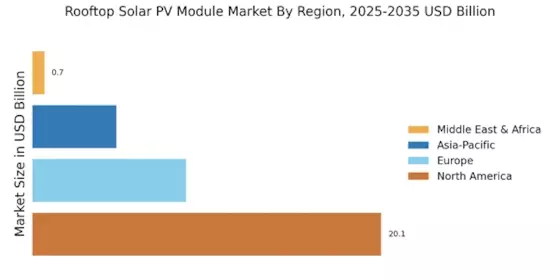
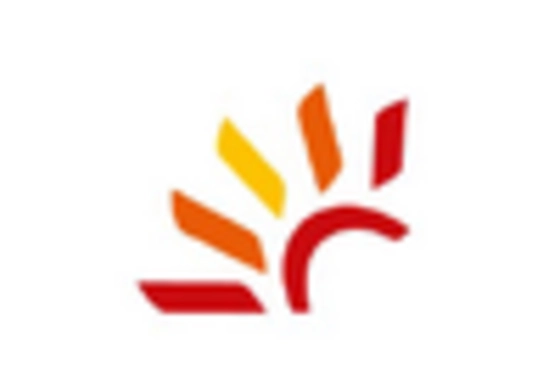
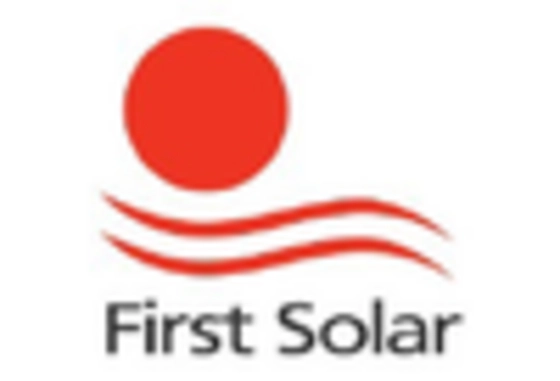
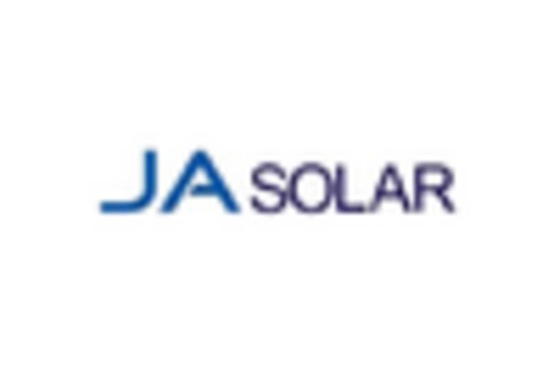

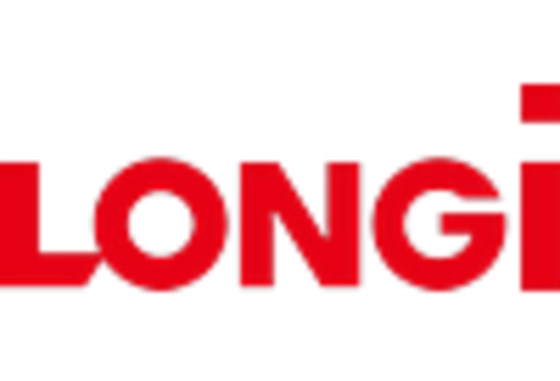









Leave a Comment